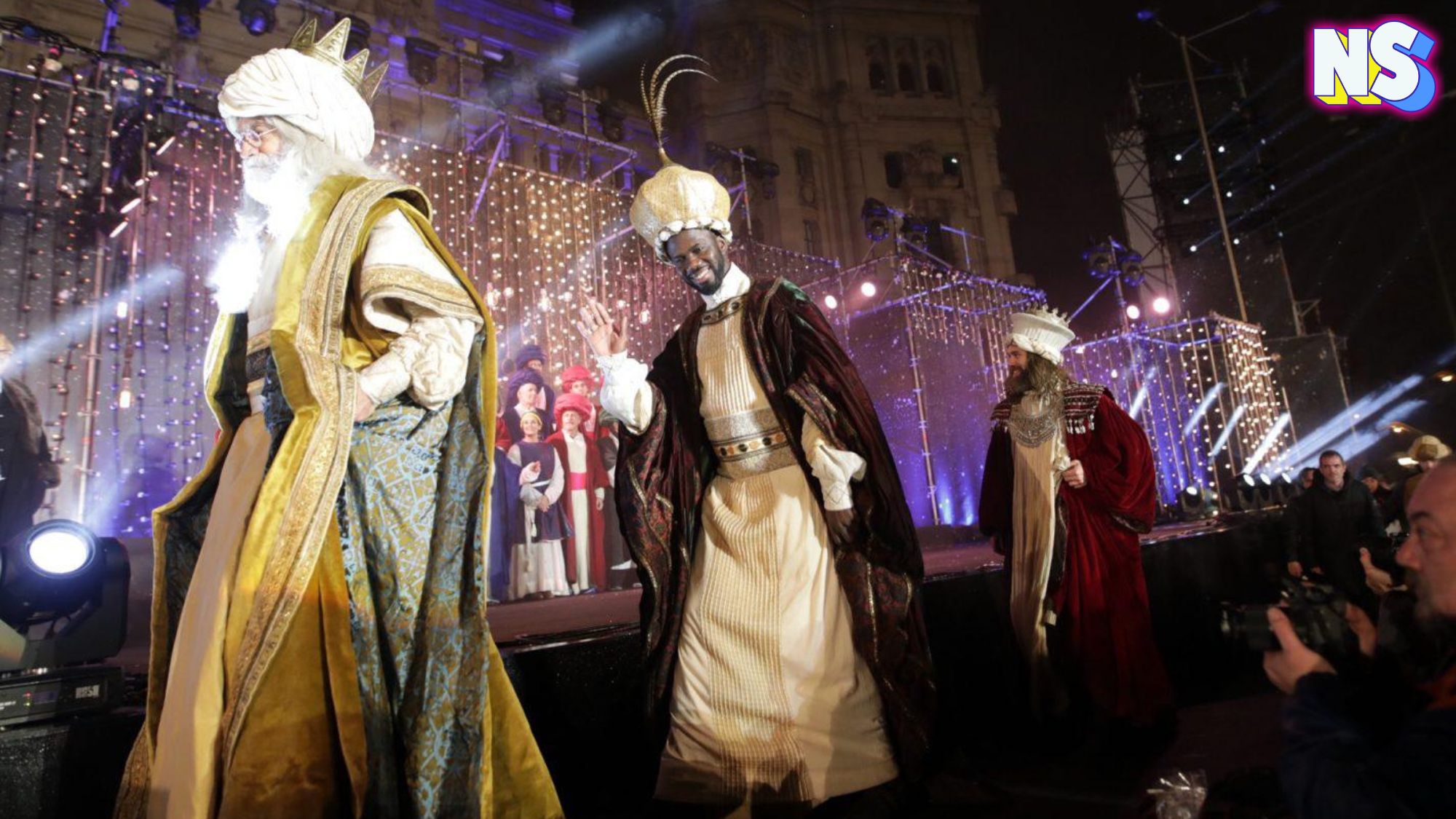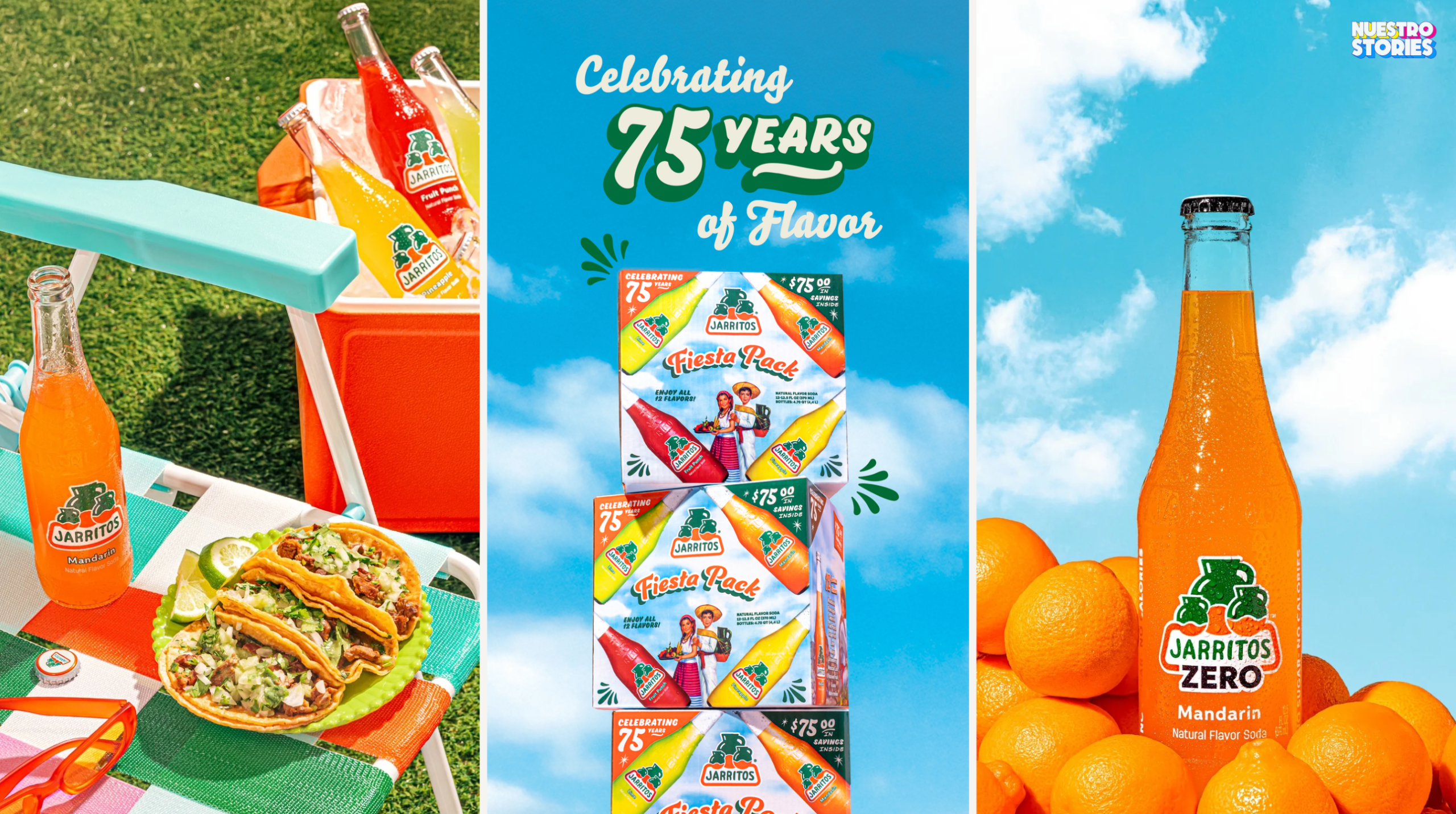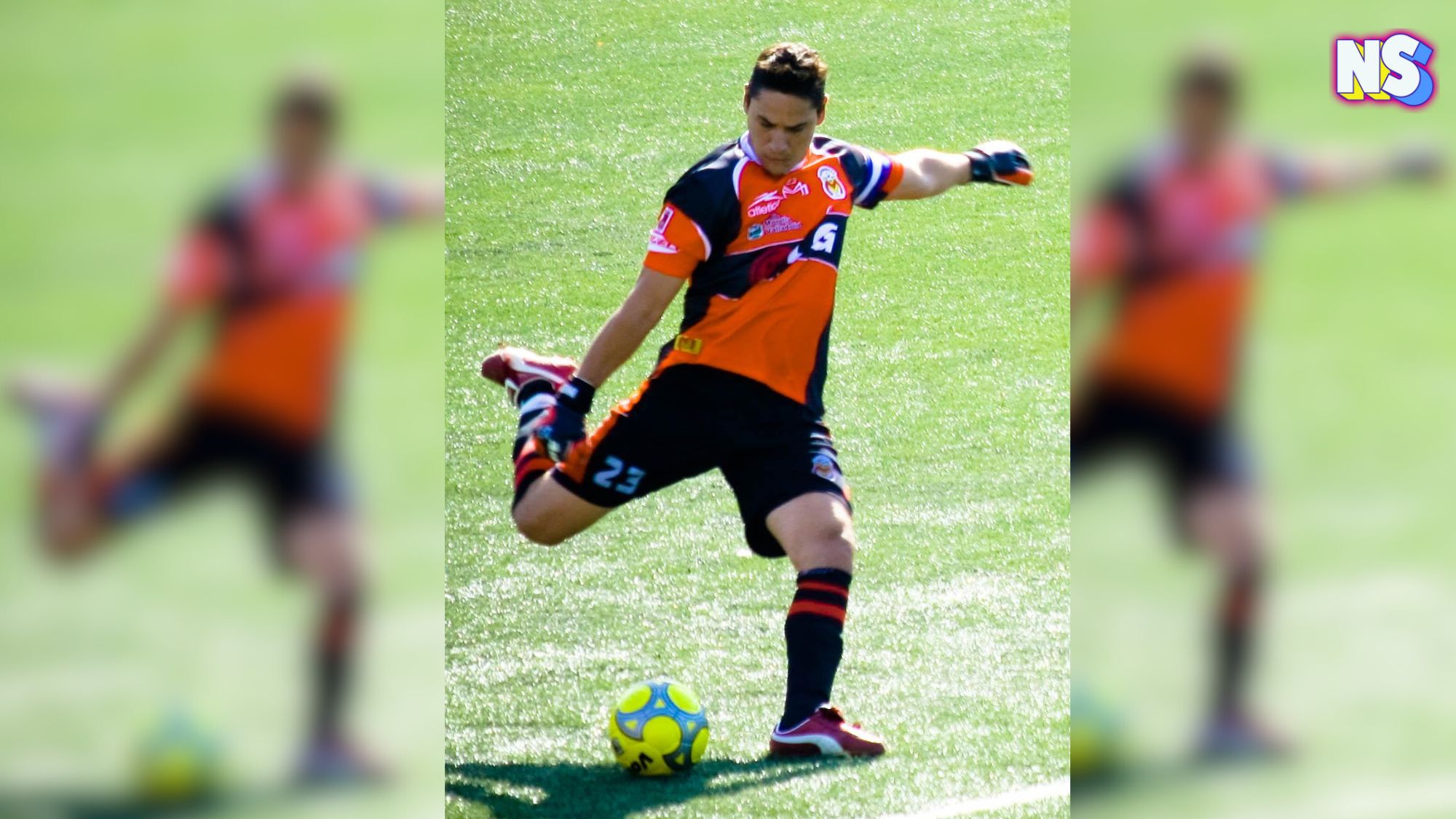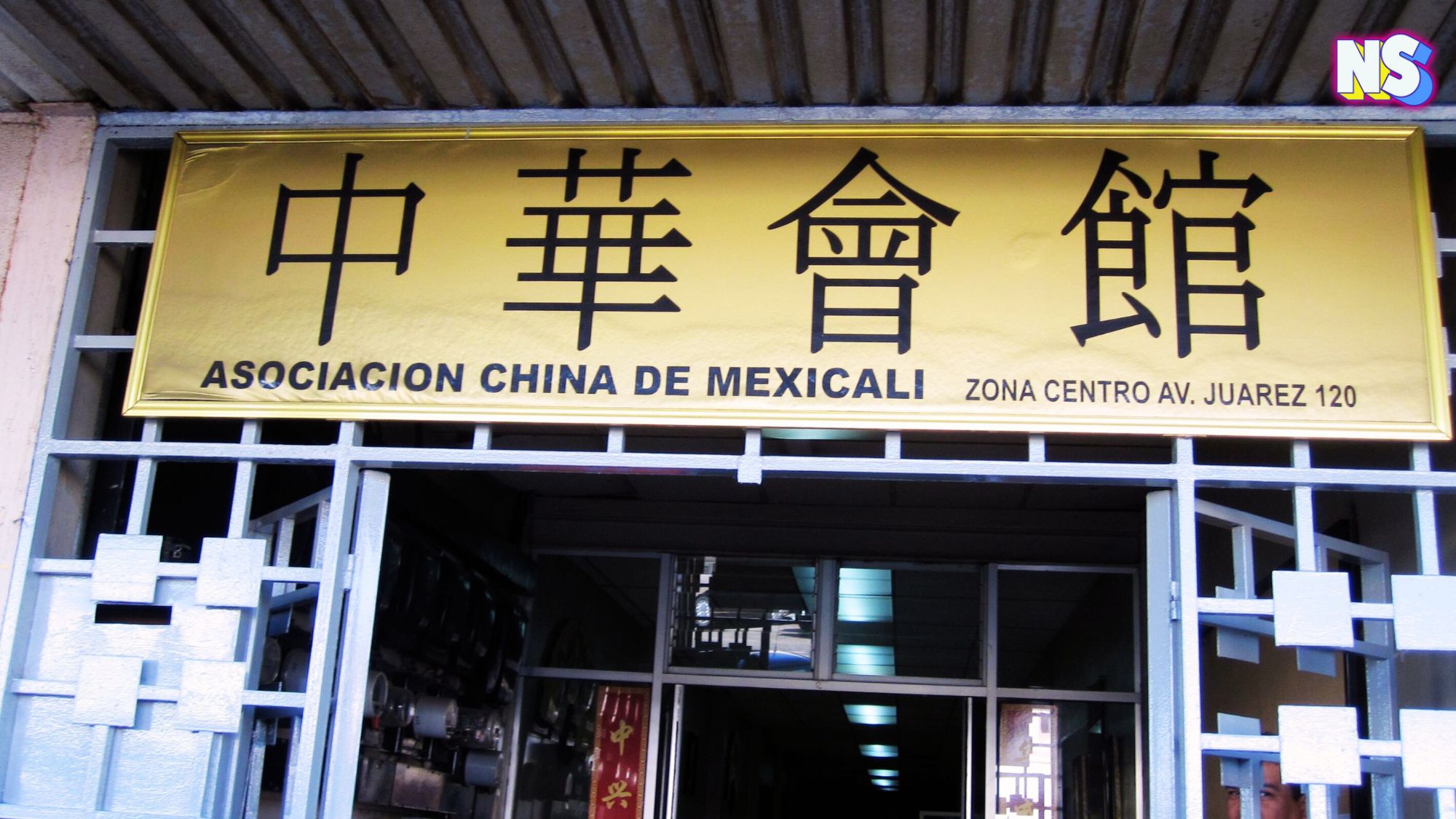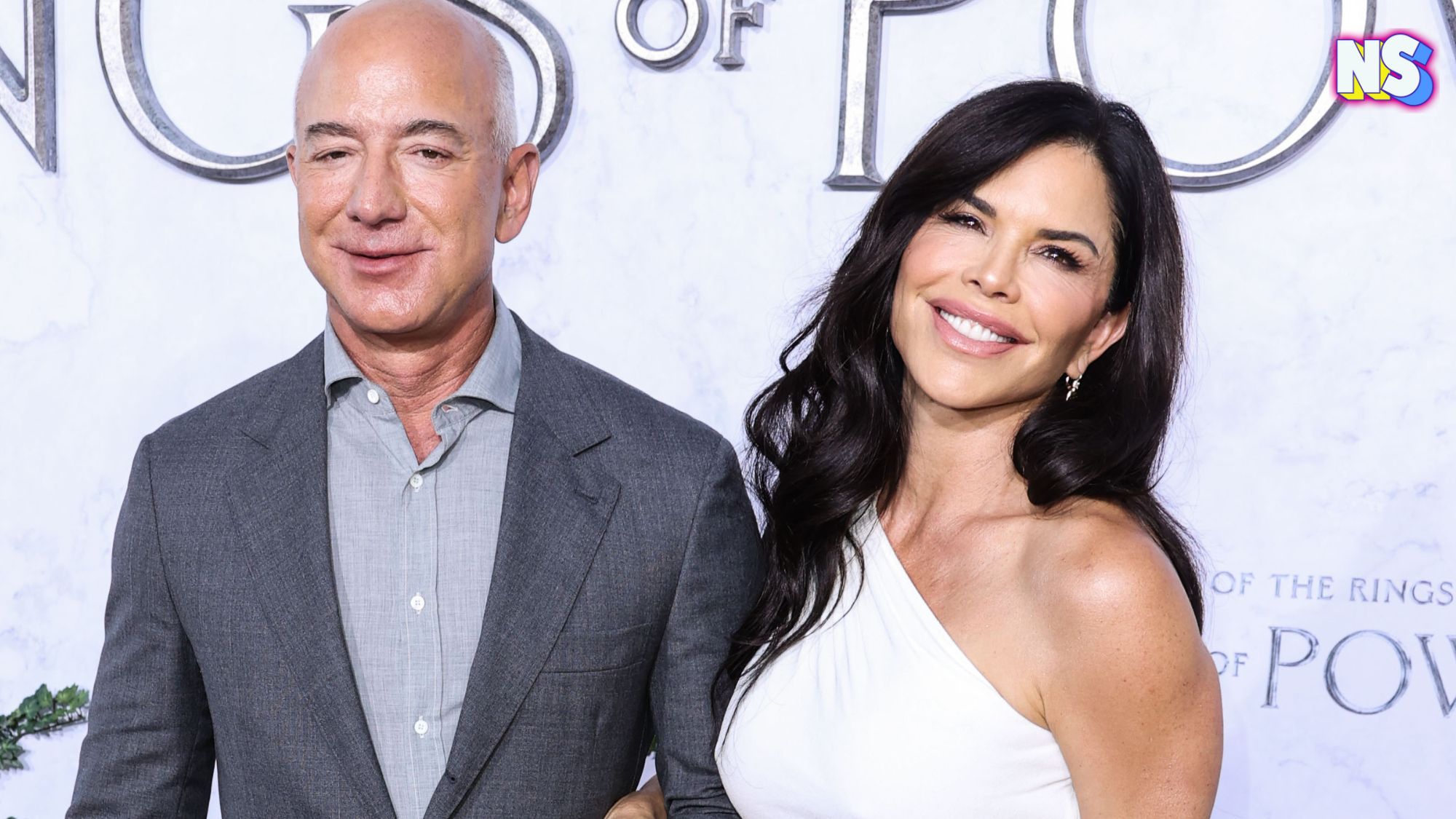Santa Claus may have already come to town, but that doesn’t mean the holiday season is over.
It’s time for Día de los Tres Reyes Magos, or Three Kings Day, celebrated on the evening of January 5 and on January 6.
“The holiday celebrates the biblical tale in which the Three Kings, or Three Wise Men, visit baby Jesus after his birth,” Newsweek magazine explains.
So, keep the Christmas tree up, and bring out some old shoes, because we’re about to take a deep dive into Día de los Reyes, a celebration steeped in ancient lore and cherished customs.
The Biblical Origin Story of Los Reyes Magos
The origin story of the Día de los Reyes is rooted in the New Testament of the Bible.
It revolves around the journey of the Three Wise Men.
Legend has it that the men – Melchor, Gaspar, and Balthasar – esteemed kings from distant lands, embarked on a celestial odyssey.
Their noble quest? To bestow precious gifts upon the divine infant, Jesus , the heralded Son of God.
According to the biblical narrative, these wise men, guided by a star, followed its radiant light that led them to Bethlehem. They sought the location where Jesus, the prophesied Messiah, was born. Their profound wisdom and faith propelled them on this expedition to honor the divine child, offering symbolic gifts: gold, frankincense, and myrrh.
The holiday itself is called the Epiphany, or the day baby Jesus was “revealed.” It marks the last day in the Christian season of Christmas, on January 6. It’s also famously refereed to as the 12th day of Christmas.
Over time, the Epiphany became known as Día de los Reyes Magos, marking the culmination of the Christmas season in various cultures, especially in Latin America, Spain, and other parts of the world influenced by Hispanic traditions.
“In 1885, the Spanish government called for a parade to mark the very special holiday,” the education site Enforex explains.
Inspired by the Kings’ sacred journey, the Spanish government called upon the people to celebrate with grandeur, establishing the longest-standing procession in Spain.
Let’s fast forward to modern day and the many ways to celebrate Día de Los Reyes Magos.
Bigger Than Santa Claus
For over 135 years, the town of Juana Díaz, in Spain, has celebrated this holiday with a festival and parade that gathers over 25,000 people. The main attraction during the festivities is the Three Kings riding on horseback, which are depicted by actors wearing colorful robes and thick beards.
“Festivities officially start the evening before Epiphany, on the night of January 5, when the Cabalgata de los Reyes Magos (Three Kings’ Parade) takes place in every town and city, with hundreds upon hundreds of people crowding the main roads of the urban settlements in order to get a glimpse of the reenactment of the arrival of the Three Kings into town,” Enforex writes.
While the holiday is celebrated in similar ways across Latin America, there are some unique customs and traditions that vary from country to country.
In some parts of Mexico, a visit from Los Reyes is a bigger deal than Santa’s arrival on December 25. Children write letters to the Three Wise Men, not Saint Nick, asking for gifts.
“On the night of January 5th, children leave one of their shoes outside the door along with grass and water for the camels. The next day, children wake up to numerous gifts left by the three kings or the ‘Reyes Magos,’” the Yucatan Times writes.
In Puerto Rico, children fill boxes with grass and place them under their beds for the camels of the Three Wise Men to eat. The next morning, they also will find gifts left by the Three Wise Men.
In Argentina, and in other Latin American countries and communities, people eat a sweet bread called Rosca de Reyes, which is shaped like a crown and has a small figurine of baby Jesus baked inside. “Whoever gets the slice with the figurine has to host a party on February 2nd or Día de la Candelaria,” the LA Times writes.
And, in the United States, although Dia de Reyes is not a national holiday, it’s still celebrated by many.
“For Puerto Rican kids who grew up in New York, it’s like this extra holiday,” Composer, playwright and Actor Lin-Manuel Miranda says. “… you get to go to school with your new toys.”
Featured picture of The Three Kings’ Parade in Madrid, courtesy of Diario de Madrid. “After traveling from afar, the procession of their Majesties Melchor, Gaspar, and Baltasar has toured the city center, preceded by ‘The Christmas Star,’ a float carrying over 6,000 wishes written on paper stars by the citizens, creating a collective galaxy of desires for the present and the future.”

